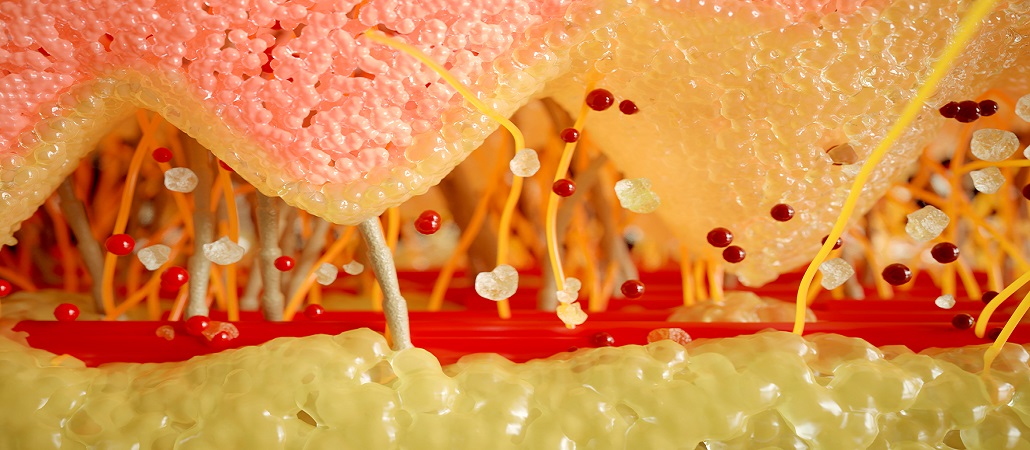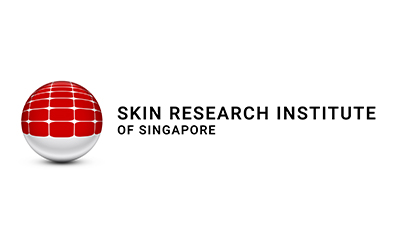The science of ageing skin

The challenge
As we age, our skin undergoes cellular transformations such as slower regeneration, decreased hydration, and increased sensitivity. At the same time, it is also exposed to environmental accelerators of ageing, such as sunlight.
Over the years, the consumer market has been swamped with skincare products. Consumers looking for solutions to skincare concerns are challenged to select products that can genuinely deliver what is promised on the label.
Labelled claims are easy to make but backing them up in the fiercely competitive cosmetic markets with robust scientific study is rarer. On the academic front, studying the mechanistic details of skin ageing is fascinating and promises effective solutions to many skin-related conditions.
Our response

Over the last 6 years, Dr. Sophie Bellanger, Principal Investigator at A*STAR Skin Research Labs (A*SRL), and Dr. John Oblong, Principal Scientist at P&G (Beauty Technology Division, Cincinnati, USA), have teamed up to understand the role of the bioactive molecule niacinamide (NAM, a form of Vitamin B3 found in skincare products) on skin ageing, leading to several research articles published in major dermatology journals. Their research findings include:
- Modulation of epidermal stemness by NAM: as age advances, epidermal stem cells (which allow the constant renewal of the epidermis over a lifetime) are subjected to both chronological and environmental factors and are lost over time. NAM slows down this process through different mechanisms, involving modulation of stem cell differentiation and senescence, which help maintain skin homeostasis as we age.
- Regarding the underlying molecular pathways, they could show that NAM plays a significant role in maintaining metabolism and promoting DNA repair during photoageing induced by UV exposure.
- Lastly, UV light, urban dust, and diesel exhaust take a toll on the skin, leading to an increase in fine lines and wrinkles, loss of firmness, hyperpigmented spots as well as other skin disorders. When tested under a controlled environment, NAM helps reduce environmental stress-induced inflammation by inhibiting inflammatory agents like cytokines and prostaglandins (molecules generated from stress).
All these data overarchingly support the usage of NAM as it provides a level of protection when the skin is exposed to pollutants or sunlight.
The impact

As a result of the collaboration, P&G is now armed with a clear framework to make credible claims on the importance of NAM in slowing the ageing process.
Dr. Oblong summarizes, "This study and related work have been used extensively to provide credibility to our skincare lineup that contains NAM. It has gone to market as a range of products from Olay called CellScience, which is one of our bestselling anti-ageing products in China."
The company's internal survey highlighted customers' growing awareness of the importance of NAM in their products.
Dr. Oblong also says, "While biology is never 100%, we can confidently say that NAM has been shown to provide significant benefits based on numerous clinical studies. So, in terms of social impact, our consumers are receiving value and delivery on promises".
The partnership
Dr. Bellanger is very enthusiastic about her interaction with P&G scientists and praised their approach to scientific collaborations. She goes on to say that “From the beginning, this collaboration was smooth with a highly focused goal on science and the fundamental mechanisms of ageing. The open communication between A*SRL/SRIS and P&G as well as the long-term association of the 2 principal scientists from both sides led to a consistent and sustained progress.”
P&G’s interest in presenting results at international conferences and publishing the research work with transparent data sharing was an important feature of this collaboration.
Dr. Bellanger and Dr. Oblong were recognized with the "P&G Singapore Innovation Center Connect + Develop Award 2019” for their contribution to this impactful study.
Delighted with the effectiveness of the partnership, Dr. Bellanger is pursuing further collaboration to test out new compounds. Her recent and ongoing project with Dr. John Oblong, along with Dr. Oliver Dreesen (A*SRL) and Mr. Matthew Ehrman (P&G Singapore Innovation Centre), aims at identifying novel bioactive molecules and their mechanistic insights into new anti-ageing chemistries.
A*SRL collaborates with public sector, the medical community and industry, and contributes actively to the Skin Research Institute of Singapore (SRIS) - a collaboration between A*STAR, Nanyang Technological University, Singapore, and the National Healthcare Group. SRIS brings together biologists, engineers, and clinicians to tackle clinically important questions in skin research.
A*STAR celebrates International Women's Day

From groundbreaking discoveries to cutting-edge research, our researchers are empowering the next generation of female science, technology, engineering and mathematics (STEM) leaders.
Get inspired by our #WomeninSTEM
